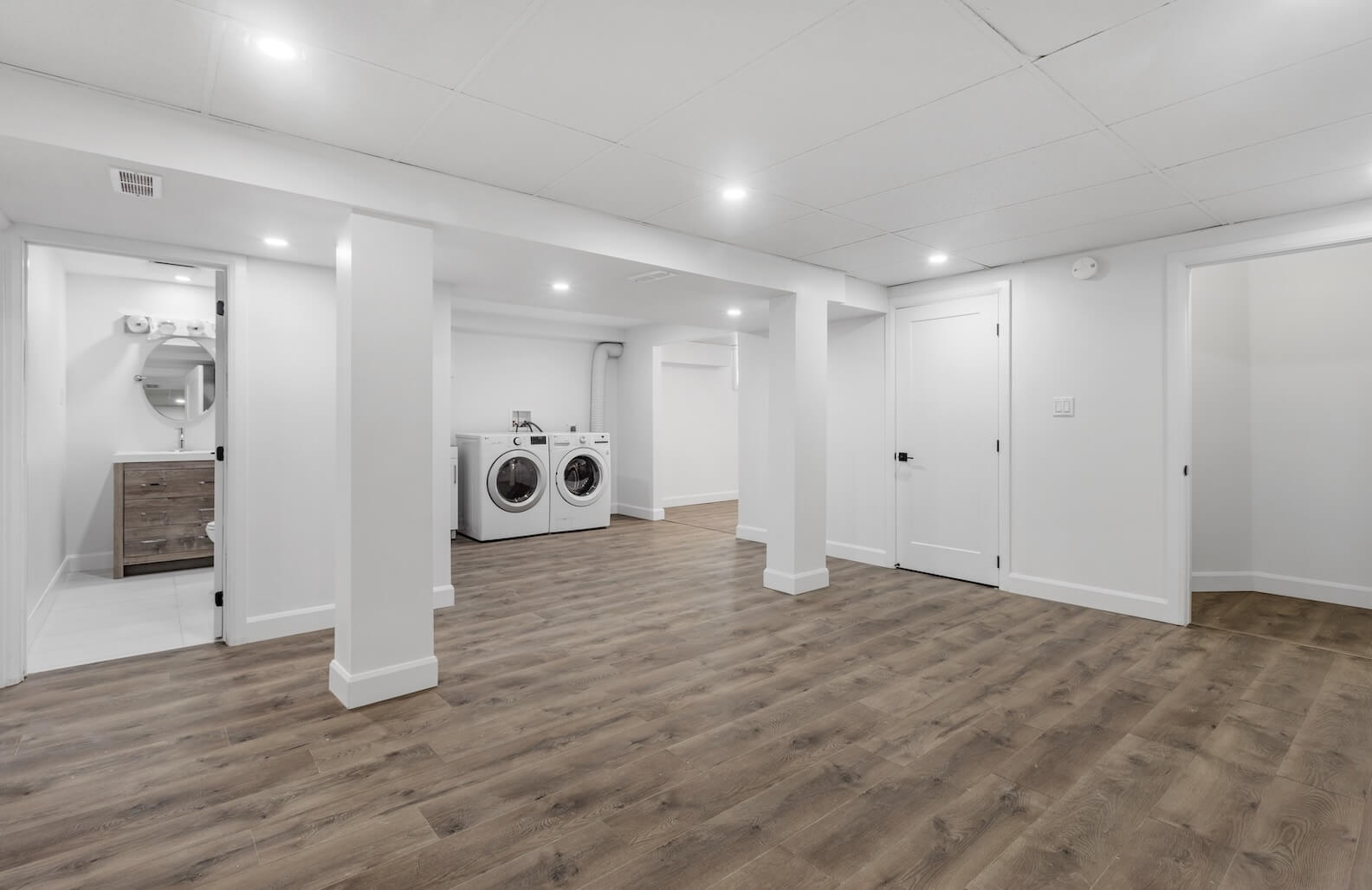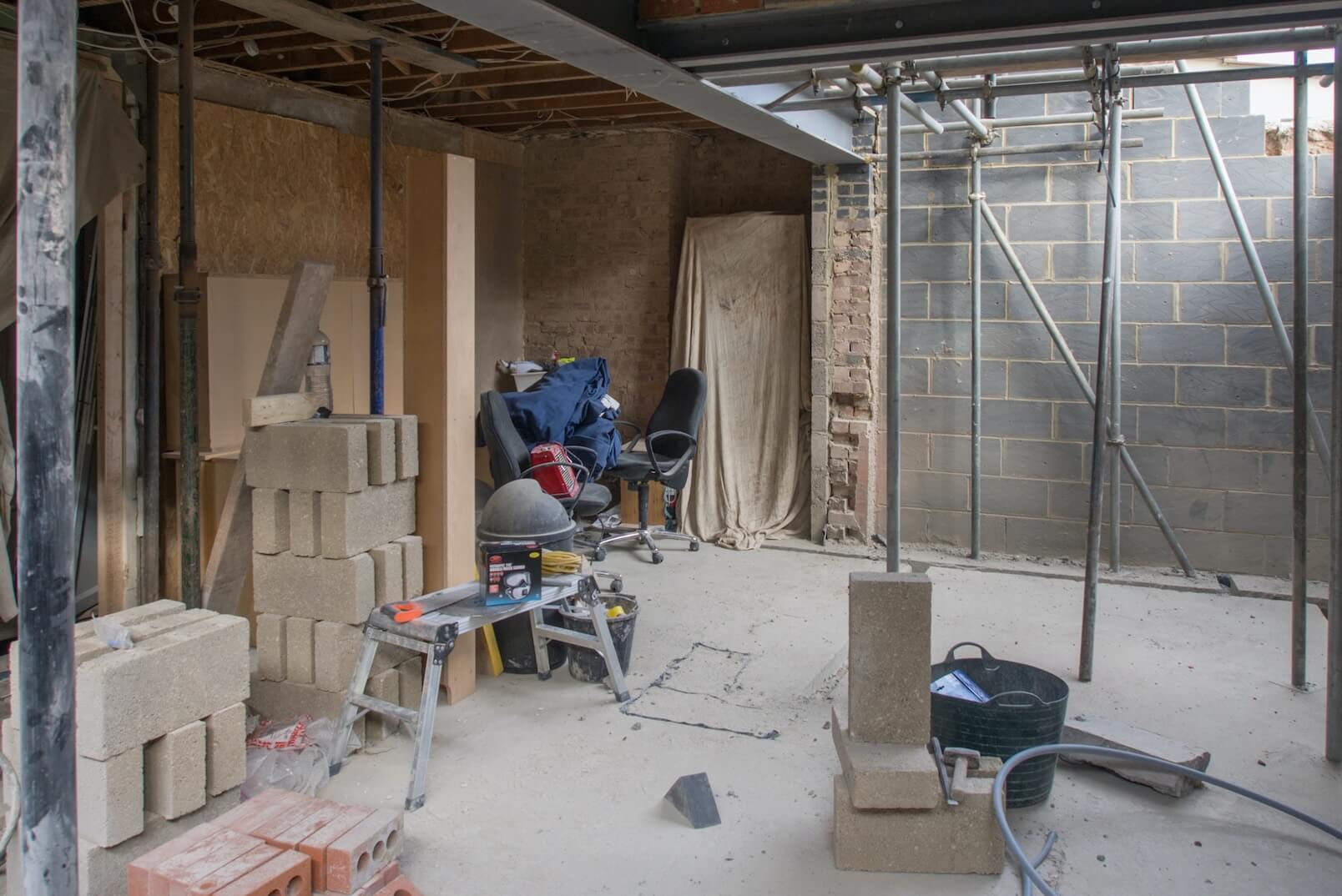When considering basement renovations or expansions, property owners often find themselves faced with the decision between basement underpinning and bench footing. Both methods serve as solutions to increase the height or usable space of a basement, but they differ in their approach and benefits. In this article, we will delve into the advantages of basement underpinning and bench footing, helping property owners understand their options and make informed decisions based on their specific needs and goals.
Basement Underpinning
Basement underpinning is a construction technique used to increase the depth of a basement. It involves excavating below the existing foundation and reinforcing it with new, deeper footings. This method effectively lowers the basement floor, creating additional headroom and usable space. Here are some of the key benefits of underpinning:
1. Increased Usable Space
Basement underpinning allows property owners to maximize the usable space within their basement. By lowering the floor level, you can transform a cramped and limited space into a functional area suitable for various purposes, such as an additional bedroom, home office, or entertainment room.
2. Enhanced Property Value
The increased usable space resulting from basement underpinning can significantly enhance the value of your property. A renovated and expanded basement adds to the overall square footage and attractiveness of your home, making it more appealing to potential buyers.
3. Greater Flexibility in Design
Basement underpinning opens up new possibilities for design and layout. The additional headroom and space provide greater flexibility to create the environment you envision, whether it’s a spacious living area, a gym, a home theater, or a guest suite.
4. Improved Natural Light and Ventilation
Lowering the basement floor level can allow for larger windows and improved natural light penetration. Additionally, better ventilation and airflow can be achieved, creating a more comfortable and inviting space.
5. Structural Integrity
Basement underpinning involves reinforcing the foundation with new footings, enhancing the structural integrity of the entire building. This not only supports the added weight of the expanded basement but also contributes to the stability and safety of the entire structure.
Bench Footing
Another basement floor lowering technique is called bench footing, also known as stepped footing or benching, is a technique used to create a bench-like structure along the interior perimeter of a basement. This approach does not involve excavating below the existing foundation; instead, it utilizes the existing foundation to create a stepped or terraced effect. Here are some of the benefits of bench footing:
1. Cost-Effectiveness
Bench footing is often a more cost-effective solution compared to basement underpinning. It requires less excavation and may involve fewer structural modifications, resulting in reduced labor and material costs.
2. Retaining Soil Stability
Bench footing is particularly useful in areas with challenging soil conditions or where underpinning is not feasible. By creating terraced levels along the foundation walls, bench footing helps retain soil stability and prevents potential issues related to excavating below the existing foundation.
3. Improved Drainage
The benching technique can contribute to better drainage and moisture management within the basement. By creating stepped levels, water runoff is directed away from the interior foundation, reducing the risk of water infiltration and related problems.
4. Minimal Disruption
Bench footing often involves less disruptive construction compared to basement underpinning. Since it does not require extensive excavation or foundation reinforcement, it may result in shorter project timelines and fewer disruptions to occupants.
5. Space Optimization
Bench footing can still provide additional usable space within the basement, although to a lesser extent compared to underpinning. The stepped levels can be utilized for storage, shelving, or other functional purposes.
Choosing the Right Approach
The decision between basement underpinning and bench footing depends on various factors, including your specific goals, budget, existing foundation, soil conditions, and local building regulations. To make an informed decision:
Consult with Professionals – engage with experienced contractors and structural engineers to assess the feasibility and suitability of each method for your property.
Define Your Goals: Clearly define your goals for the basement expansion. If maximizing usable space and achieving greater design flexibility are your priorities, basement underpinning may be the preferred choice. If cost-effectiveness and minimal disruption are key considerations, bench footing could be more suitable.
Consider Soil Conditions: Soil conditions play a significant role in determining the viability of basement underpinning. If soil stability is a concern, bench footing may offer a more practical solution.
Evaluate Budget: Compare the estimated costs of both methods, factoring in excavation, materials, labor, and any necessary structural modifications.
Local Regulations: Familiarize yourself with local building codes and regulations, as these can influence the feasibility and approval of each method.
Basement underpinning and bench footing are both valuable techniques for increasing the usable space and value of your property. Basement underpinning offers the advantage of significantly expanding the basement’s height and providing extensive design possibilities, while bench footing provides a cost-effective and practical solution for optimizing space without extensive excavation.
By understanding the benefits and considerations of each approach, consulting with professionalswho work in this area, and aligning your decision with your specific goals and circumstances, you can make an informed choice that transforms your basement into a functional and valuable part of your home.
The post Exploring the Benefits of Basement Underpinning vs. Bench Footing appeared first on Enterprise Podcast Network – EPN.




Leave a Reply